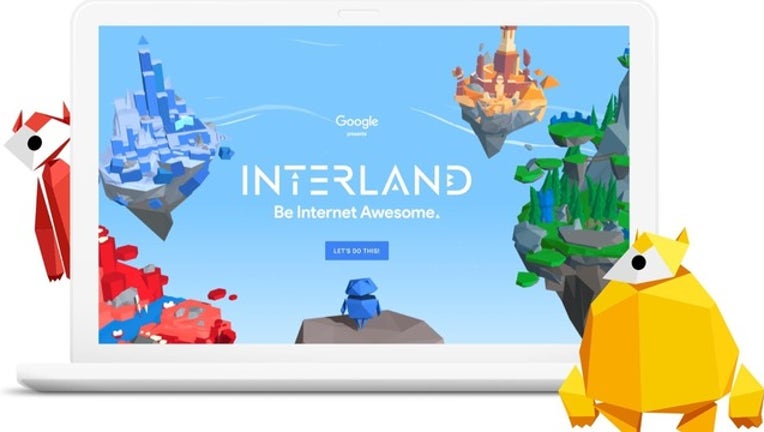Google adds media literacy guide to internet safety curriculum for kids

A screenshot of Interland, a browser-based game that schools kids on how to be safe online. Photo: Google.com
San Jose, Calif. (KTVU) - Google has added six new media literacy lessons to its curriculum on digital safety to help kids identify disinformation and fake news, phishing attacks, evaluating the credibility of a source, spotting fake URLs, and more.
It’s an extension of its two-year-old program called ‘Be Internet Awesome’, designed to educate kids on digital safety and citizenship topics, and help them explore the internet in a safe, confident manner.
The new activities were developed in collaboration with Anne Collier, executive director of The Net Safety Collaborative, and Faith Rogow, PhD, co-author of The Teacher’s Guide to Media Literacy and a co-founder of the National Association for Media Literacy Education.
“We need the right tools and resources to help kids make the most of technology, and while good digital safety and citizenship resources exist for families, more can be done for media literacy,” writes Amy Mascott, founder of teachmama.com in a blog post on Google blog announcing the launch. “I’ve worked alongside dozens of educators who believe that media literacy is essential to safety and citizenship in the digital age, but agree that it’s a topic that can be tough to cover.”
The media literacy curriculum explains terms like spearphishing, catphishing, clickbait, front group, disinformation, and helps kids identify a phishing attempt. It teaches them how to respond to suspicious online texts, posts, friend requests, pictures, and email. The curriculum includes handouts that test their ability to spot fake URLs and websites.
There’s also an interactive component to the curriculum – the online game Interland has a section called Reality River, where kids must use their newly acquired media savvy to cross the rapids.
The new curriculum is available online and offered in English, Spanish and eight other languages.

